Depending on how you train and how you run, your sneakers can make or break your performance. Whether you underpronate or overpronate, are a heel-striker or go toes first, your running sneaker should fit your needs and style. You wouldn’t run a marathon in spikes, right? At Yougoz, we’ve pulled together a helpful guide to go along with our Top 5 Tips for Buying Running Sneakers that every athlete should read up on before their next shoe purchase.
If you underpronate…
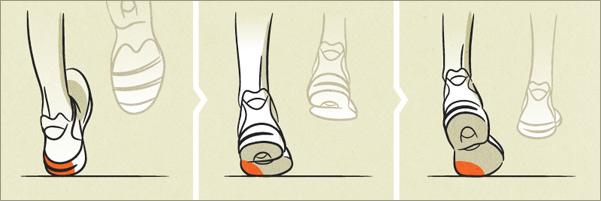
Photo courtesy of asics.org
Underpronation occurs when you apply more pressure on the outside of your feet during lift off than on the inside. When your foot lands on the outside of its sole, it results in an uneven distribution of force. Repeated wear-and-tear often leads to pain and irritation in the feet, ankles and calves.
The best shoes for runners who experience underpronation are the neutral or cushioned running shoes. Since underpronators also tend to have high-arched feet, they need shoes that offer enough motion support and comfort for their gait. These shoes are flexible, lightweight and promote motion of the feet which is exactly what an underpronator needs to encourage normal pronation. Key aspects that you should look for in a shoe as an underpronator are soft midsoles and maximum flexibility.
These shoes have received the best reviews from underpronators for their supreme cushioning and lightweight flexibility:
Brooks Glycerin 13
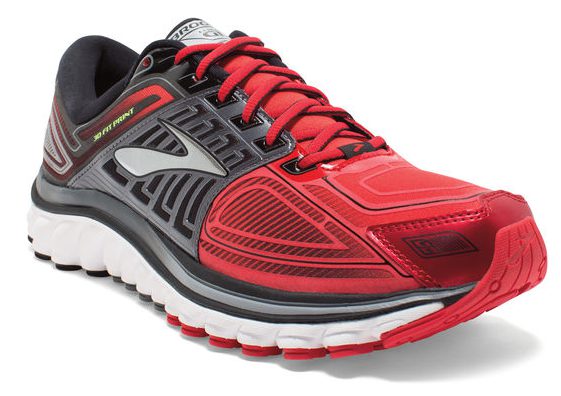
Brooks Men’s Glycerin 13
Asics Gel-Cumulus 18
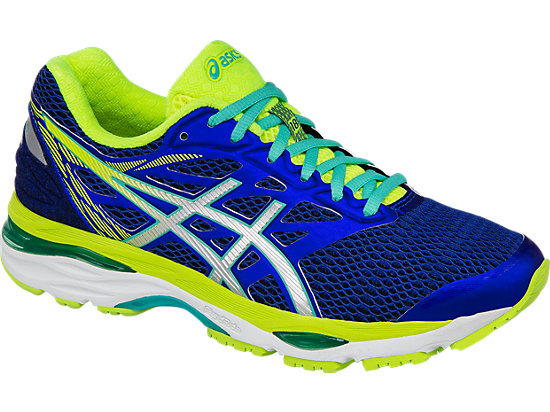
Womens Asics Gel-Cumulus 18
If you overpronate…
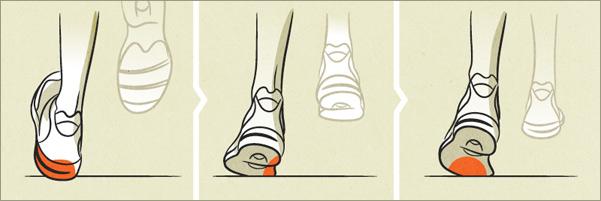
Photo courtesy of asics.org
On the other hand, overpronation occurs when your foot rolls in while running. You end up applying more force on the inside of your sole rather than an even distribution of weight. Similar to underpronators, you may experience pain and soreness in the foot and ankle region.
Overpronators tend to be flat-footed since the arch of your foot flattens the more your foot rolls inwards. Make sure to look for stability and motion control shoes that provide good cushioning and smooth comfort. The following shoes are especially notable for their soft yet responsive cushioning, stability support and dynamic midsoles.
Nike Lunarglide 7
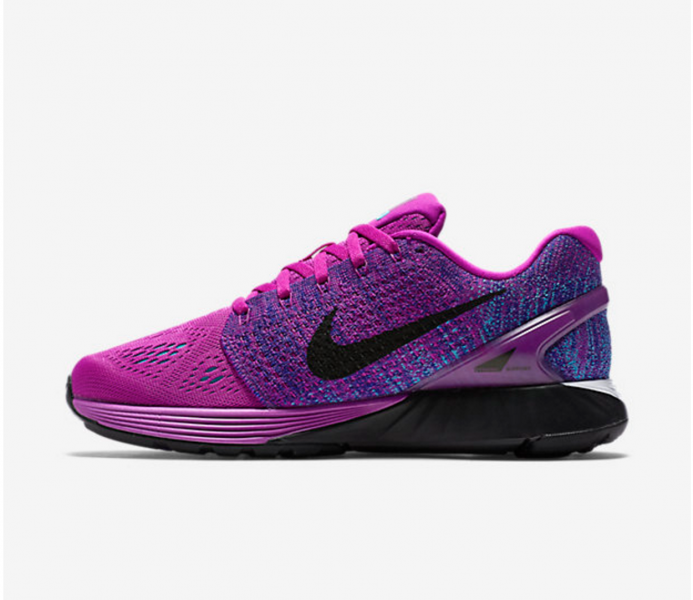
Womens Nike Lunarglide 7
Brooks Adrenaline GTS 16
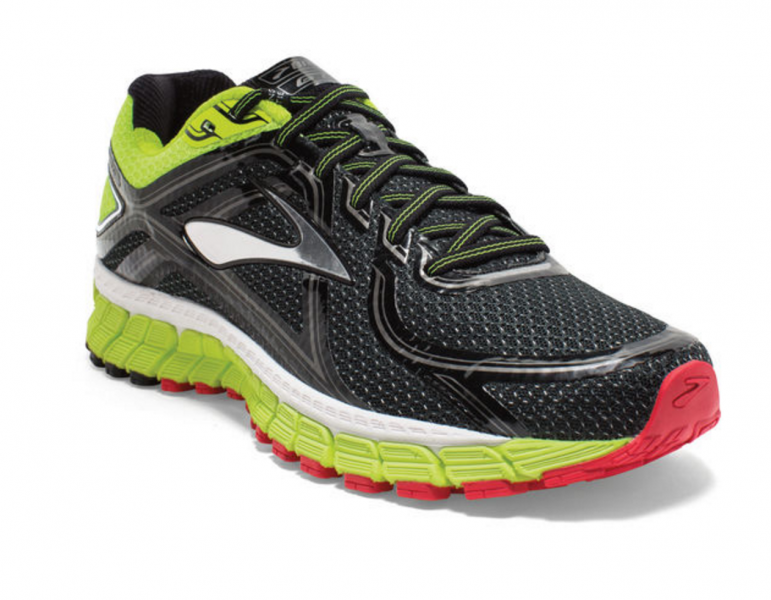
Mens Brooks Adrenaline GTS 16
If you experience neutral pronation…
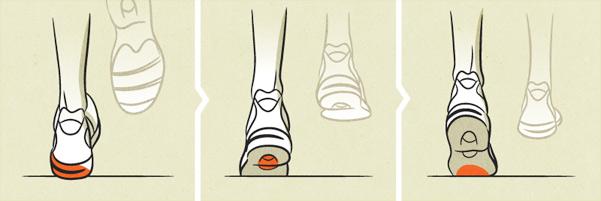
Photo courtesy of asics.org
Normal-arched runners are also usually blessed with normal pronation, gearing them toward neutral trainers. The amount of cushioning and stability you need as a normal pronator depends on your average mileage and preferred setting. As a neutral runner myself, who covers anywhere from two to seven miles a day on the treadmill, I looked for a sneaker that offered durability, cushioned comfort and efficient stability, and that was the tried and true Brooks Ghost 7. The newest addition to the awarded Brooks Ghost Series is the Ghost 8, which features a waterproof version for road-runners called the Brooks Ghost 8 GTX.
Other neutral runners may prefer more lightweight options such as sneakers that imitate barefoot-style running or minimalist designs. These keep you true to your natural alignment and only provide the bare necessities. If that sounds like you, check out the Nike Free RN, the newest installment to come out of the Nike Free Run series after the 5.0 version.
Brooks Ghost 7
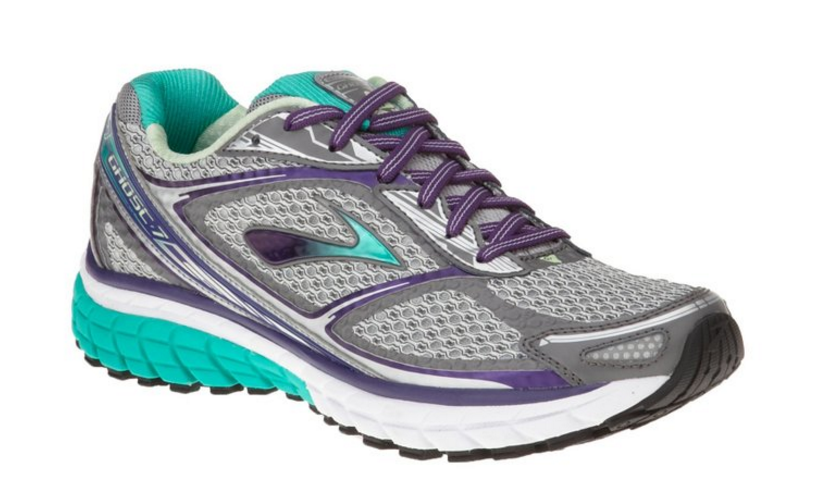
Womens Brooks Ghost 7
Brooks Ghost 8
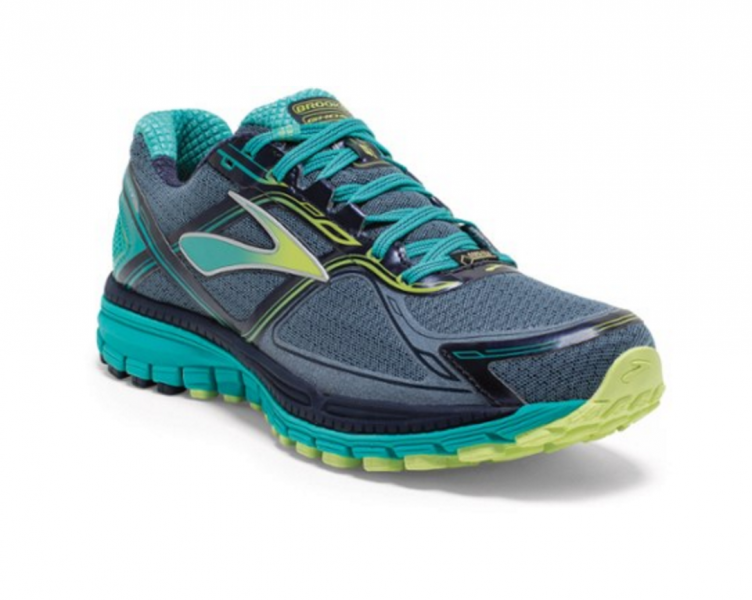
Womens Brooks Ghost 8 GTX
Nike Free RN
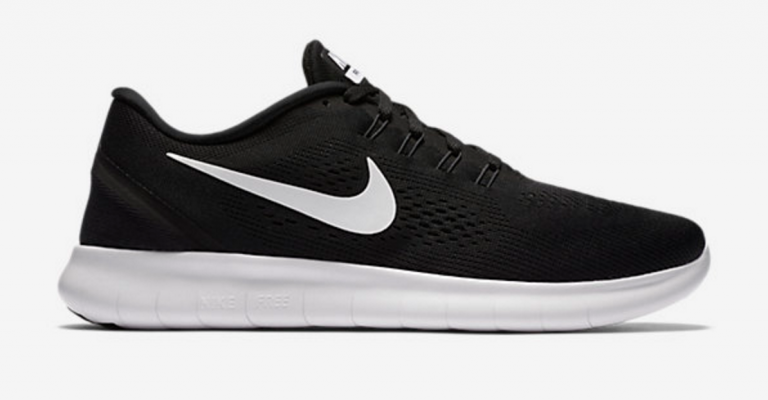
Mens Nike Free RN
These sneaker options offer something for everyone! Each pair comes highly rated by experienced runners and athletic professionals. Don’t forget to refer to our Top 5 Tips for Buying Running Sneakers to know how to shop effectively and get the most bang for your buck.


